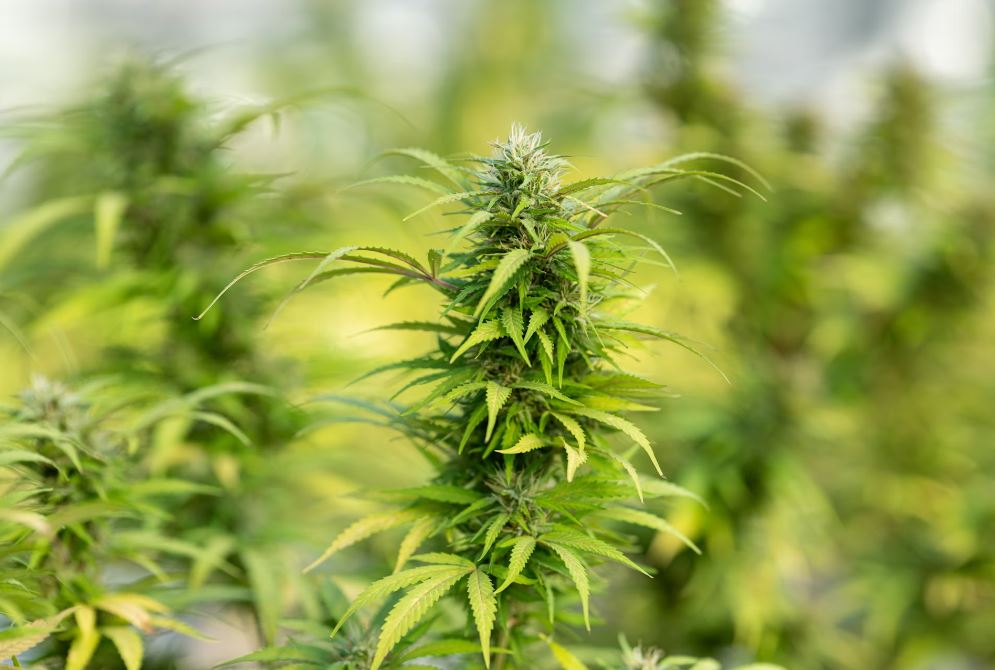In the ever-evolving world of cannabis products, THC oil has risen to the forefront, offering a potent and versatile experience that can be tailored to the consumer’s desires. Whether you are a seasoned manufacturer or a budding kitchen chemist, understanding the meticulous process of producing custom THC oil is crucial. This immersive guide will delve into the crucial steps and essentials you need to craft premium THC oil, from selecting the right cannabis strain to mastering the extraction method that’s best for you.
The Perfect Strain Blend
The foundation of any THC oil lies in the quality of the cannabis used. For exceptional results, one must understand the complex interplay of terpenes and cannabinoids. Terpenes, the aromatic oils that give each strain its unique scent, are as crucial as the cannabinoid content. A well-balanced blend is all about the entourage effect – the synergy between terpenes and cannabinoids that enhances the overall experience. When selecting a strain or creating a blend, consider the intended use. Is it for a euphoric high, is sleep the aim, or is it for pain relief? This will determine the ideal terpene profile.
Terpenes such as myrcene, linalool, and limonene play significant roles outside of simply smelling nice. Myrcene, for instance, can aid in relaxing the muscles, while limonene has potential anti-anxiety and anti-depression properties. Linalool is known for its calming, anti-inflammatory, and analgesic effects. Balancing these terpenes with preferred cannabinoids can be a game-changer in the user experience.
The Fine Art of Decarboxylation
Decarboxylation, or ‘decarbing,’ is the process of heating cannabis to a specific temperature for a set period, converting THCA into the psychoactive THC, the substance responsible for the plant’s euphoric effects. This is achieved by exposing ground cannabis to heat in a controlled environment, usually using an oven, thus activating the cannabinoids for efficient infusion.
Protect the integrity of terpenes by decarbing at lower temperatures. High heat can lead to terpene degradation, affecting the scent and flavor of the final product. Utilize a precise temperature to ensure maximum cannabinoid activation without scorching the plant matter. Do not rush decarboxylation; the process is a critical precursor to oil infusion and can greatly impact the potency and profile of your THC oil.
The Essential Oil Extraction Method
The extraction method is where you transition from plant material to a potent oil. There are several popular extraction methods; each has its pros and cons in terms of safety, output, and complexity. Solvent extraction uses a chemical liquid to draw out the cannabinoids from the plant material. The most common solvents in THC oil production are alcohol and CO2. While effective, this method requires utmost care, as solvents are highly flammable and can be dangerous if not handled correctly. Moreover, post-extraction processes are necessary to remove all traces of the solvent, ensuring a safe end product.
The solventless method uses heat and pressure to squeeze oil from the cannabis plant. Rosin can be made at home using a rosin press. It offers a relatively simple and quick process with potentially high yields, but it may not be the most efficient extraction method for large-scale production due to yield and time constraints. Utilizing hydrocarbons such as butane or propane, this method can yield a high amount of THC oil, but it is one of the most complicated and risky processes. Specialized equipment and training are necessary to ensure safety and the highest-quality product. You can find extraction equipment from companies like INTEC Engineering INC.
The Role of Equipment in Extraction
High-quality equipment is essential for safe and efficient THC oil extraction. From precision ovens for decarboxylation to extraction systems, the right tools not only ensure a better final product but also the safety of the operating environment.
When deciding on an extraction system, consider the scale of production. For smaller operations, a rosin press or a small hydrocarbon extraction system might suffice. Larger scale operations will need more sophisticated equipment that is scalable, efficient, and, above all, safe.
The Purging Process
After extraction, it’s crucial to remove any residual solvents. The ‘purging’ process eliminates these unwanted substances, making the oil safe for consumption. This is achieved by exposing the oil to heat in a vacuum, which vaporizes the solvents at a lower temperature, minimizing the chances of degradation.A vacuum oven is a crucial tool for the purging step, creating the low-pressure, controlled environment necessary for solvent evaporation. Combined with a chamber setup, this approach ensures that the oil retains its potency and doesn’t get contaminated with solvents.
The art of THC oil production is a nuanced process that requires careful attention to detail and a deep understanding of cannabis chemistry. From choosing the right strain blend to mastering the extraction method, every step impacts the final product’s quality and effectiveness. Remember, terpenes and cannabinoids work together to create the desired entourage effect. Don’t overlook the importance of decarboxylation; it’s a crucial step in activating the psychoactive components of cannabis. Lastly, choose an extraction method that aligns with your safety capabilities and production goals. Whether you’re a seasoned manufacturer or a budding kitchen chemist, this guide aims to empower you to create a top-tier THC oil that meets your specific needs. Here’s to your success in navigating this fascinating and rewarding craft.
